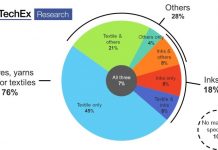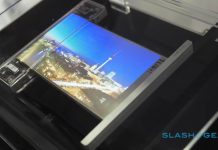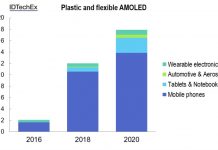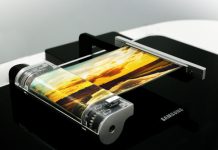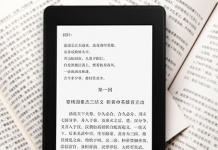 A technological breakthrough by Oxford University scientists, just announced in Science Daily, apparently “will make it possible to create pixels just a few hundred nanometres across that could pave the way for extremely high-resolution and low-energy thin, flexible displays for applications such as ‘smart’ glasses, synthetic retinas, and foldable screens.” Including, of course, screens for ereaders and tablets.
A technological breakthrough by Oxford University scientists, just announced in Science Daily, apparently “will make it possible to create pixels just a few hundred nanometres across that could pave the way for extremely high-resolution and low-energy thin, flexible displays for applications such as ‘smart’ glasses, synthetic retinas, and foldable screens.” Including, of course, screens for ereaders and tablets.
The breakthrough apparently came quite by chance while scientists were exploring a different line of research. “We were exploring the relationship between the electrical and optical properties of phase change materials and then had the idea of creating this GST [Germanium-Antimony-Tellurium] ‘sandwich’ made up of layers just a few nanometres thick,” Professor Harish Bhaskaran of Oxford University’s Department of Materials, said in the report. “We found that not only were we able to create images in the stack but, to our surprise, thinner layers of GST actually gave us better contrast. We also discovered that altering the size of the bottom electrode layer enabled us to change the colour of the image.”
According to the report, the new technology “can draw images 70 micrometers across, each image is smaller than the width of a human hair,” enabling the creation of “‘nano-pixels’ just 100 nanometers in size.” Displays made on this principle would be paper-thin and with a very low energy demand, since pixels would remain the same color, consuming no energy, until they were refreshed or changed.
Oxford University has already patented the technology and passed the details to Isis Innovation, its technology development arm, which is reportedly in discussions with investors and tech firms. Commercialization may be some years off, but the potential for a quantum leap in image quality and versatility of ereading devices looks huge.


















